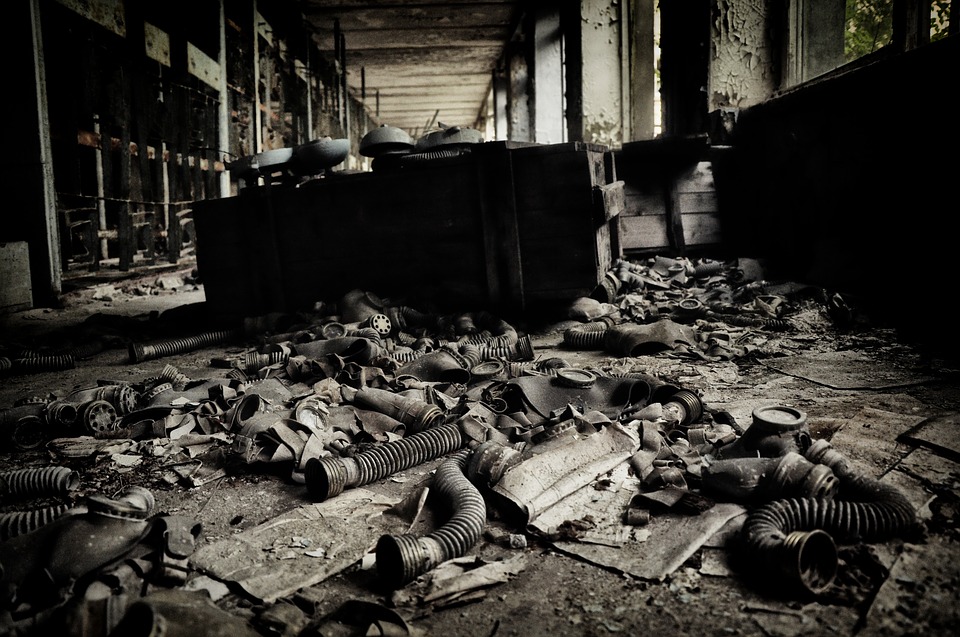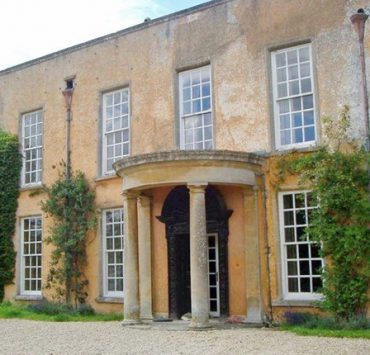Cliff diving, swimming with sharks, exploring ‘haunted’ ruins—we’ve all done crazy things while on vacation. There’s something about the displacement of traveling and having the time of day that makes us loosen our inhibitions and do adventurous, borderline life-threatening things. Some do it for the adrenaline rush, others do it for the sake of a wild story to tell. The question is, how far are you willing to go to get that perfect Instagram photo? Would you (or anyone) go as far as stepping foot on the site of the world’s worst nuclear meltdown?
What used to be the eluded ghost town of Pripyat, neighbor to the Chernobyl nuclear site, is now the hottest destination of Ukraine.
When the Chernobyl disaster happened on April 26, 1986, Pripyat was the direct hit. Just a 30-minute drive away from one of the Soviet Union’s most advanced facilities, the town was home to the power plant’s employees and their families. So when reactor number four exploded after a failed routine safety test, the residents were one of the first victims of radiation sickness, and the local hospital was filled with employees and first responders who received the brunt of the fatal radiation exposure.
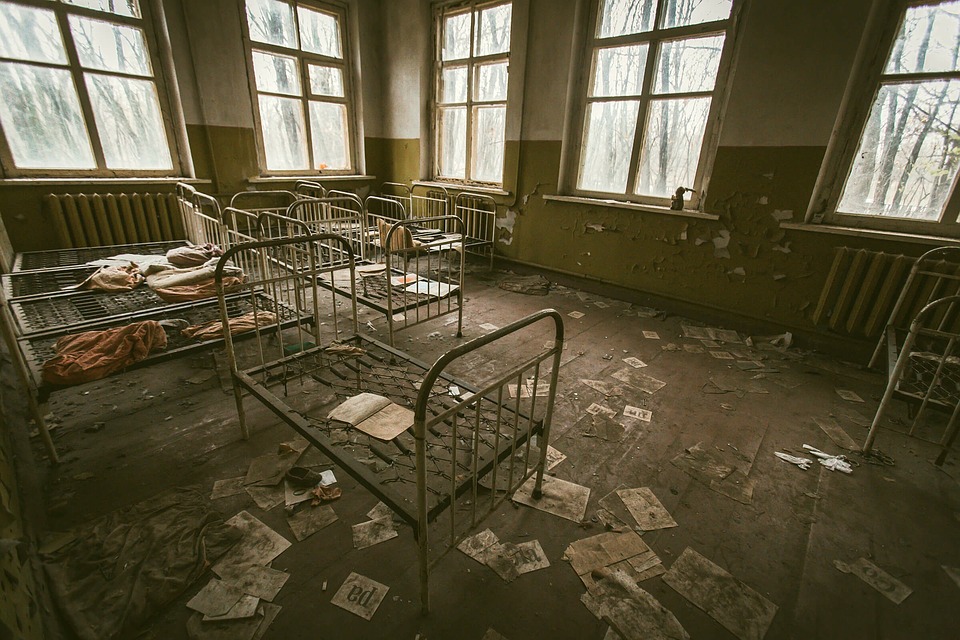
Today, Pripyat is the most popular part of the tour of Chernobyl’s 19-mile exclusion zone, which is boosting Ukraine’s tourism. This tour takes visitors from the Soviet Union base in Pervomaysk, which used to hold 86 intercontinental ballistic missiles, all the way to across the street from the number four reactor itself. In Pervomaysk, you’ll be able to go down one of the nuclear rocket command facilities itself with one of the old Soviet officers as your guide. They also have a museum there, which holds missiles more powerful than the bombs dropped on Hiroshima.
For a more dramatic effect on their visitors, the tour guides have actually staged the ghost town in a sense. Placing a charred doll here, adding a gas mask there. But these little trinkets are just nothing but relish compared to the most haunting scenes in the town. The abandoned amusement park that never even saw its opening day definitely sets the tone for chills. The empty and outdated hospital beds clumped together are reminiscent of the number of people that never made it in time for evacuation.
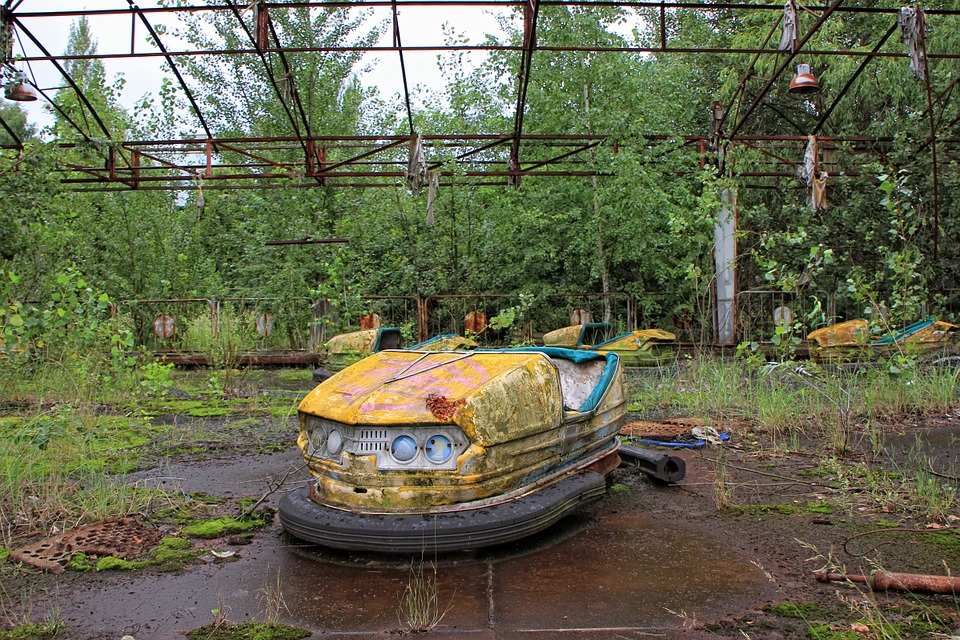
A travel company in Ukraine named Solo East Travel reassures tourists that the radiation in the exclusion zone today is no more dangerous than a transatlantic flight. They even made a video with a Geiger counter in hand to back their claim. But how safe is it? Keep in mind that scientists estimate that it could take 20,000 years before Chernobyl’s exclusion zone becomes habitable again. And even if they are welcoming tourists, tour guides strictly implement guidelines such as no eating or drinking during the tour, no shorts or open-toed shoes during the tour, and no touching of anything while on the tour.
Here are some facts about the radiation still present in Chernobyl that may pique your curiosity:
Elephant’s Foot
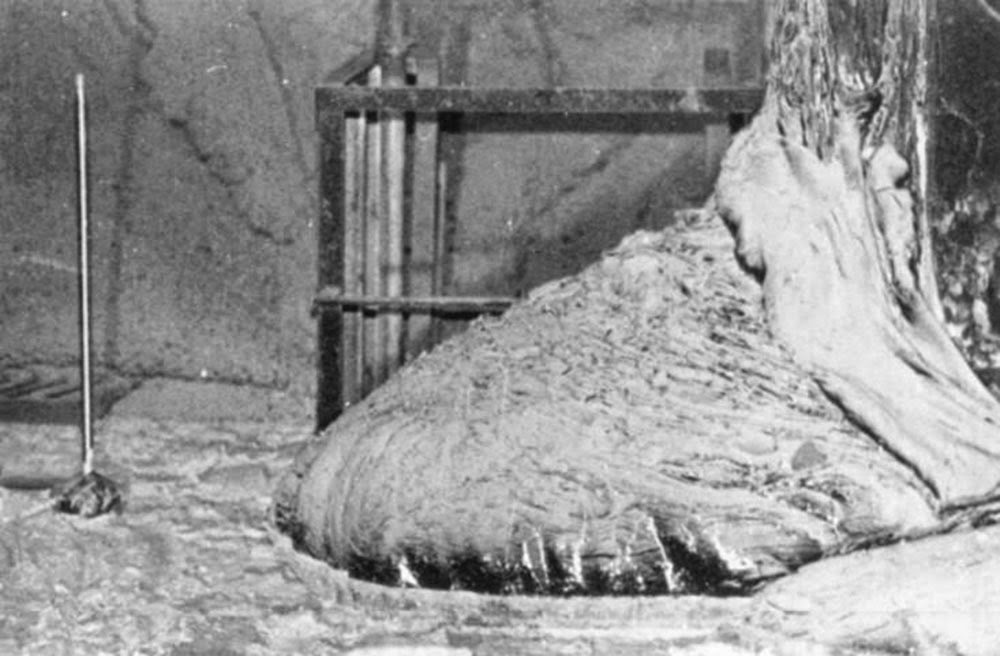
In the basement of reactor number four lies a solid mass made of melted nuclear fuel mixed with an abundance of concrete, sand, and core sealing material. This mass was coined the Elephant’s foot because of its wrinkled appearance, and it was measured to contain 10,000 roentgens per hour back in 1986. Today, the Elephant’s Foot only has a tenth of its original radiation, but it can still kill a man after only 500 seconds of exposure.
Radioactive fungi
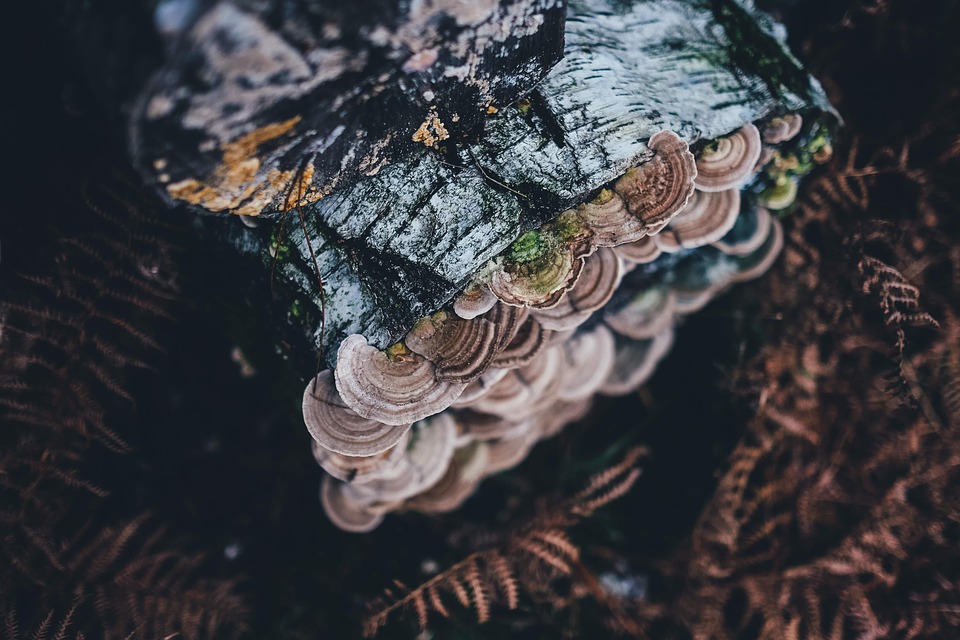
Chernobyl has a certain type of fungus that actually thrives on radiation. These radiotrophic fungi convert the gamma radiation using the pigment melanin, turning the radiation into a chemical energy for growth. This is one of the reasons why visitors are strongly discouraged from picking and eating anything while on the tour to Pripyat.
Blue eyes
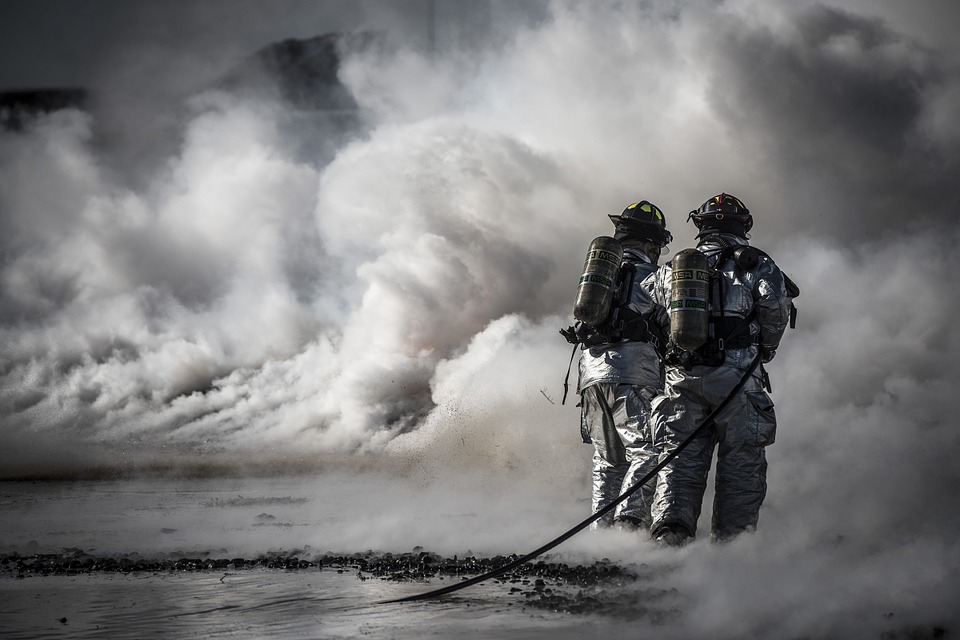
Chernobyl was said to turn the eyes of the first responder from brown to blue because of the radiation. The first responder was named Vladimir Pravik, and he was on site as a firefighter.
Photos courtesy of pixabay.com and rarehistoricalphotos.com
Read more:
Why we need to start teaching agriculture in our schools ASAP
Spanish province makes bull fighting bloodless, boozeless, and almost impossible
This is why Japan has a low birth rate
Writer: ANTHEA REYES


